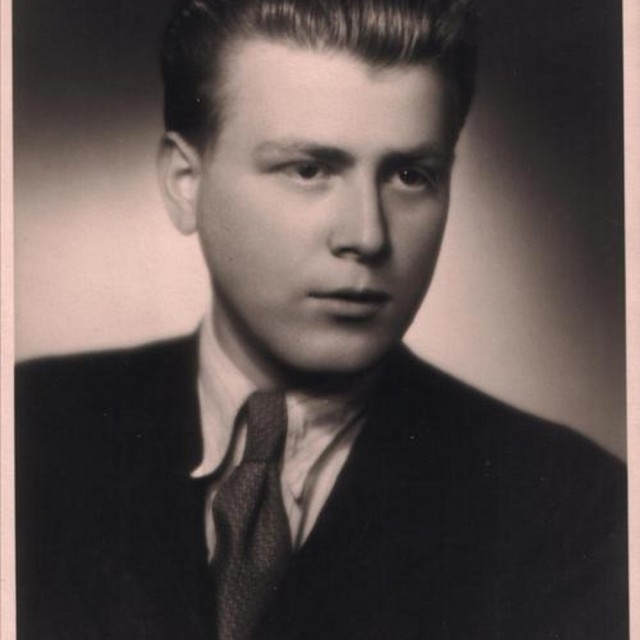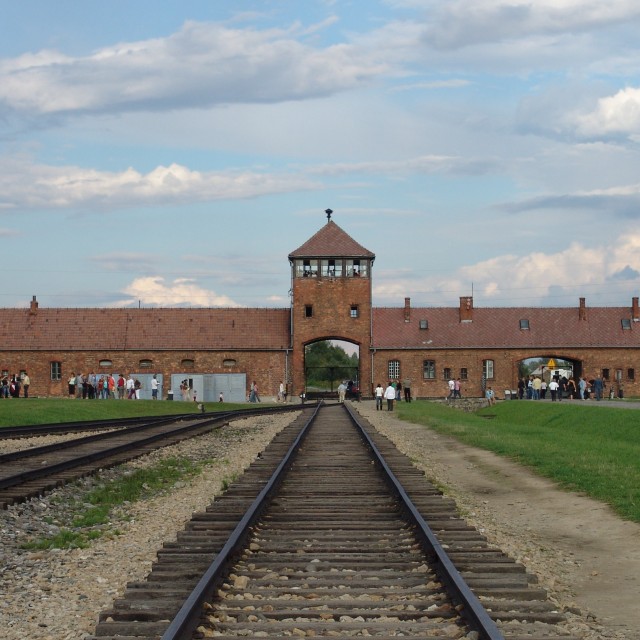After Half a Year Determined to Death
In December 1943 Pavel Oliva got to the transport in Terezín. He was brought to Auschwitz and was placed in the so-called family camp. In spring 1944 the prisoners had to write a letter to their relatives and though it was March 5, they had to write the date March 25. The Nazis told them they expect the delay of the post during the censorship which may arouse a suspicion at the addressees. Soon after that, the transport that arrived in September 1943 was transferred to the so-called quarantine camp and from there the prisoners were supposed to go to work in Heydebreck. Pavel Oliva soon found out that this step was motivated by completely different reasons. “We knew there are crematoriums, smoking chimneys and a lot of dying people. We did not want to believe the fact they gassed healthy people and from the very beginning we believed the prisoners were taken to Heydebreck.” Gradually Pavel Oliva got to know the cruel truth: “At night from the eighth to the ninth March, the prisoners from the September transport, including many of my relatives, were gassed. We got to know that all the prisoners from the family camp had a note in their files that they have a half year quarantine which meant they have to die after half a year.” Pavel Oliva managed to successfully get through the selection in June 1944 and so he escaped from death in a gas chamber.
Hodnocení
Hodnotilo 0 lidí
Routes
Not a part of any route.
Comments
No comments yet.













